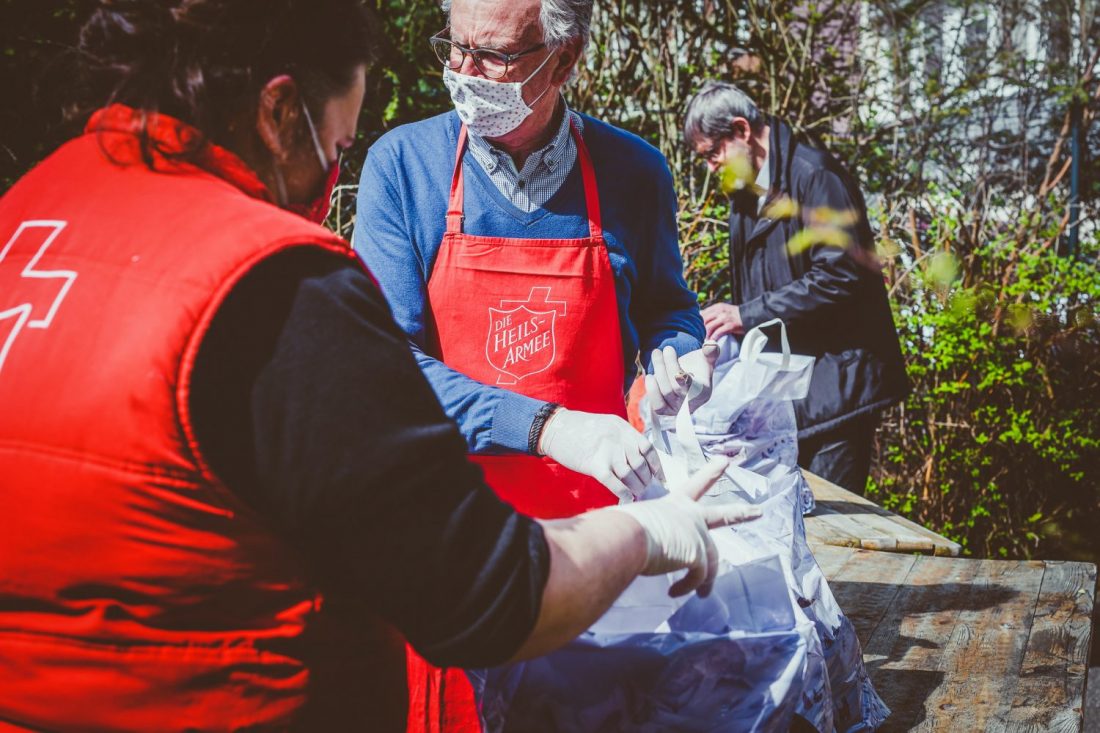Army in Australia produced many early films
Operating in Melbourne from 1891-1910, The Salvation Army Limelight Department—Australia’s first film production company—is considered one of the world’s first film studios.
Along with producing evangelical material for the Army, the department accepted commissions from private and government organizations. By the end of 1900, it had produced arguably the world’s first feature length film, Soldiers of the Cross. In its 19 years of operation, the Limelight Department created about 300 films of various lengths, making it the largest film producer of its time.
While at first glance The Salvation Army might seem an unlikely pioneer of the film industry, its leaders regarded film as a means to “reach the crowds with the messages of mercy and salvation.”
The Army had always been willing to consider any means that might help further the gospel message or raise funds for its growing welfare work. In Australia, the Army was particularly young and vigorous—and open to new approaches—as they had just commenced operations in 1880.
Australia’s film industry was born when two men in The Salvation Army combined their individual gifts of technique and vision. Joseph Perry, a New Zealander, had technical flair and inventive skills, while Herbert Booth, son of General William Booth, and Australasian commander from late 1896, had poetic and dramatic talents. Perry had been experimenting with “cinematograph,” and Booth saw the potential to stir people’s imaginations. By early 1897, Perry’s Limelight Brigade—previously holding traveling shows using “magic lanterns” (slide projectors)—had a cinematograph machine and gramophones.
The way was open for The Salvation Army to start producing its first moving pictures—and the Limelight Department soon made a lasting mark in the world of filmmaking.Sources include www.salvos.org and Answers.com.











